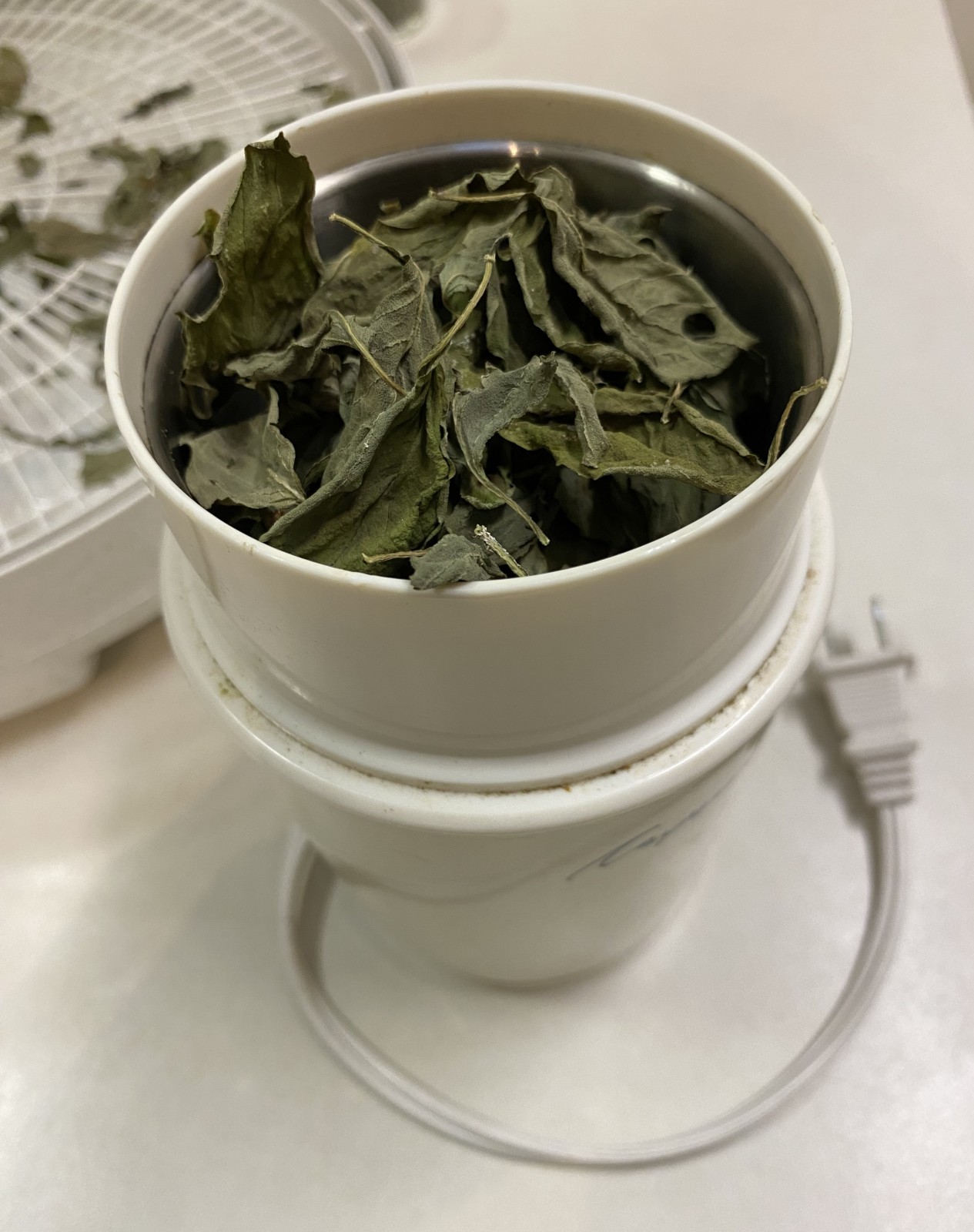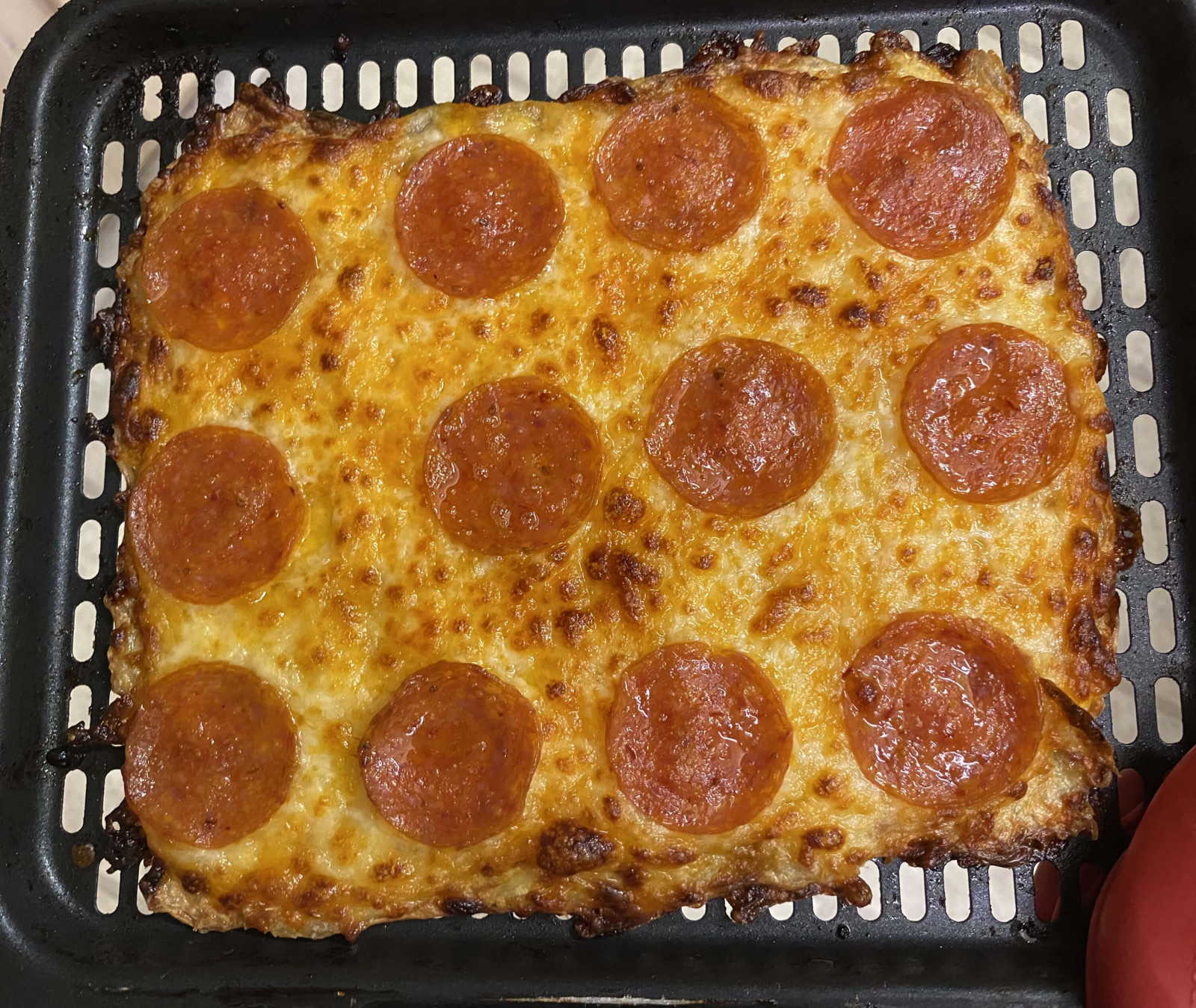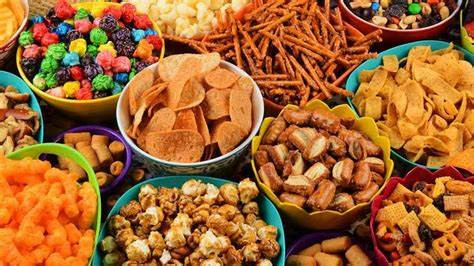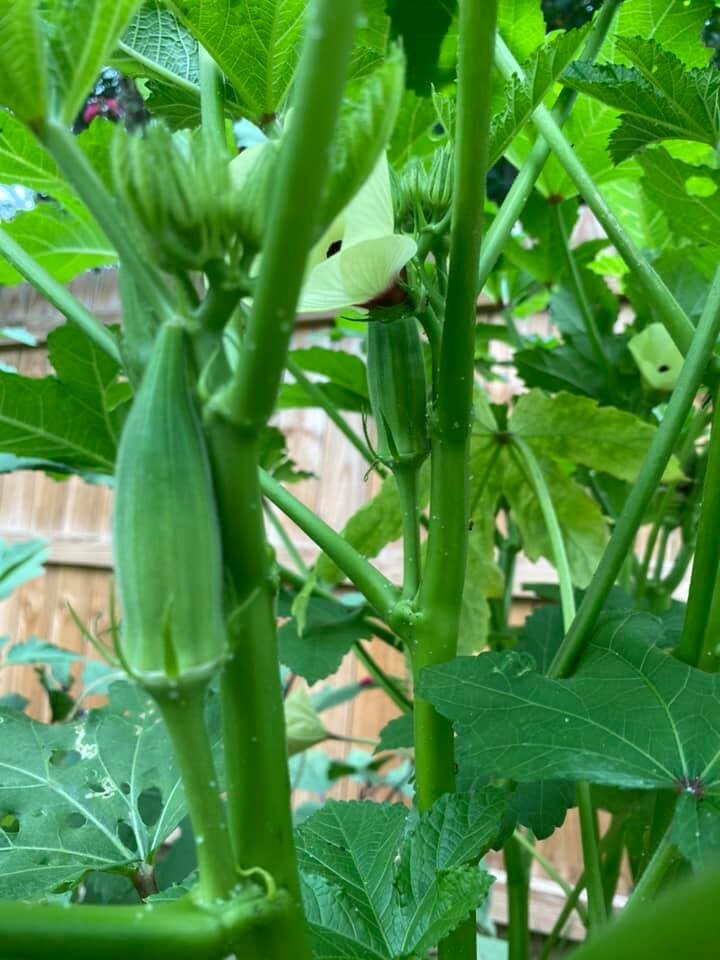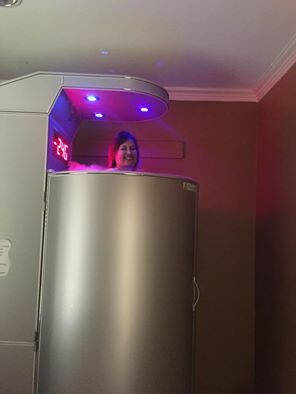I don't know about you, but it just seems like some years I'm out in my garden really harvesting and using EVERYTHING...and then every once in a while I end up not picking herbs quickly enough and the plant goes haywire and I lose it.
I've tried freezing my herbs - I actually bought the cutest little hexagonal trays to freeze small "blocks" of herbs, and then I end up just not really using them as much as I thought I would.
At some point it occurred to me that I own a dehydrator. My husband has been using it for jerky for years, and for whatever reason it's taken me this long to think to use it to dry my herbs, LOL. Well, at least I finally thought about it!! It's a NESCO Food Dehydrator with 4 trays. It's pretty basic, I guess, and works great!
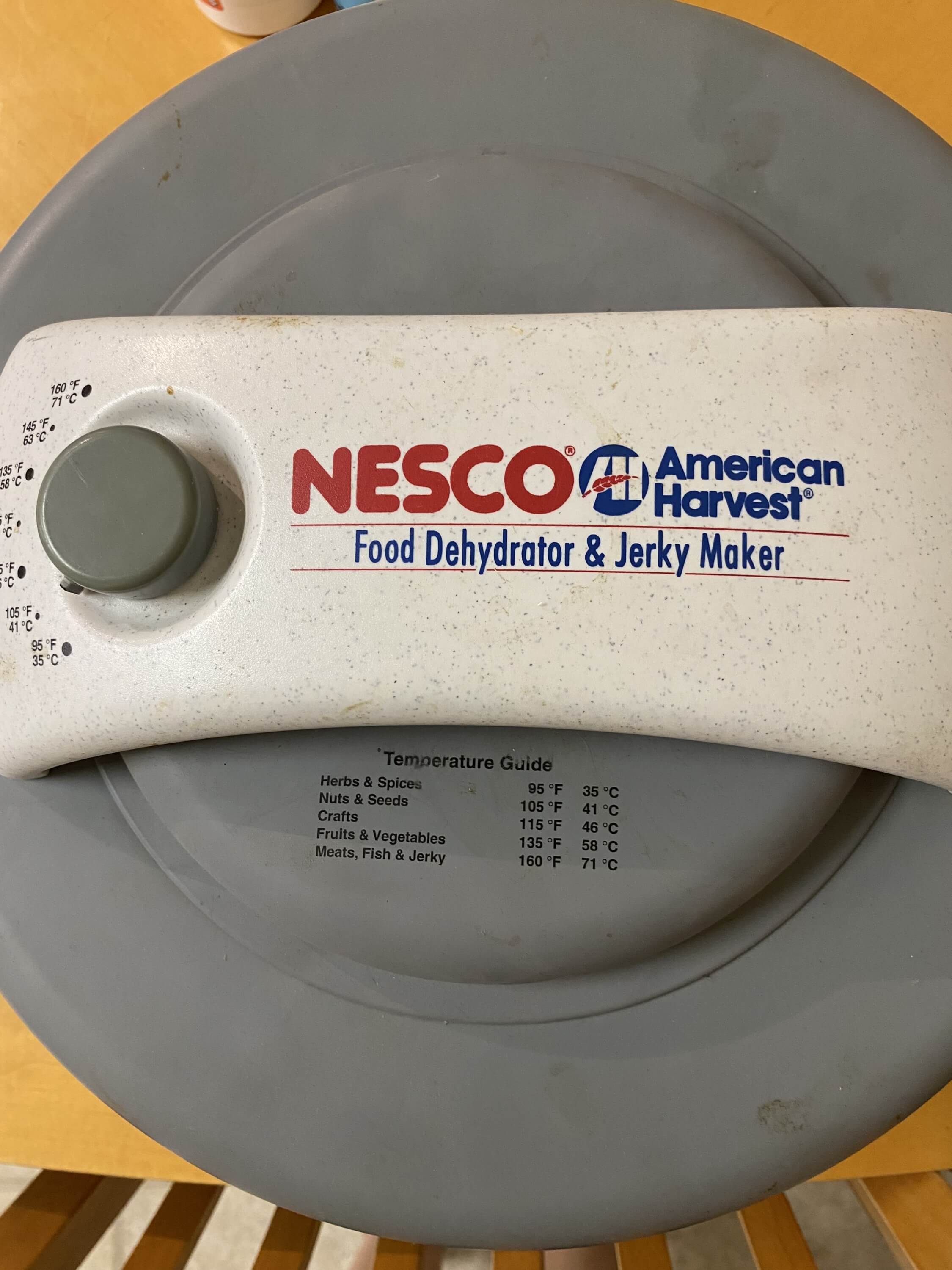
So, without any more delay...let me show you how I dried my basil. It was getting really "leggy" so I went and trimmed it WAY down, pulling off all of the usable leaves for my harvest. I made sure to check around and underneath all the leaves so there were no bugs or pests.
After I made sure all the leaves were good, I loaded them into 2 of the trays. I didn't have a whole lot and made sure that there was plenty of space to help them dry more quickly. I like to use a temp that is just a little above the "herb" setting (which is the lowest temp).
Depending on how much plant material you are drying, it's probably going to take a few days to get it all completely dried. I just make sure there is pretty much zero moisture so when I store it - it does not mold. Here's what it looks like once it's all dried:
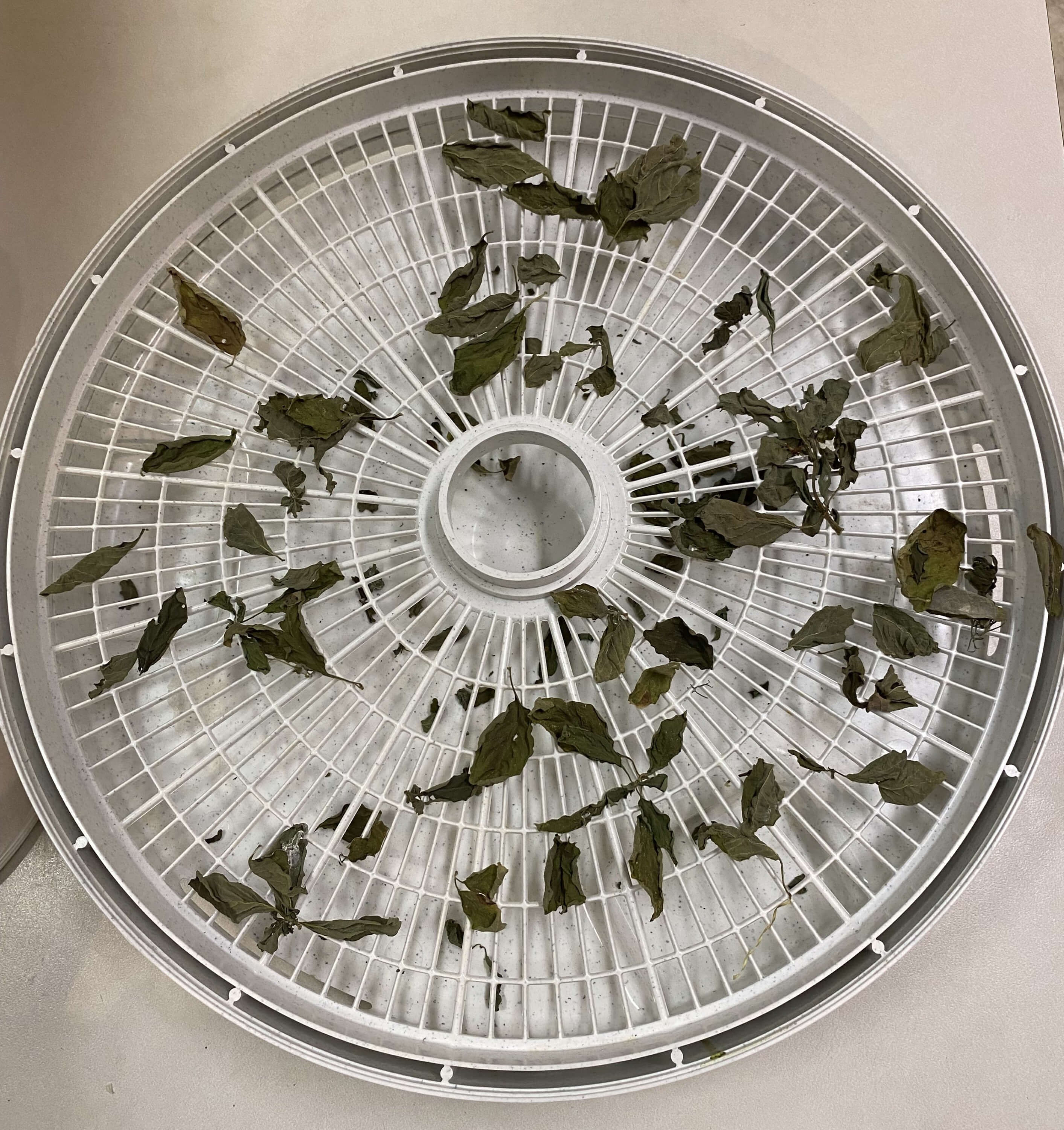
You can see the tray wasn't very full this time - I'm really trying to just not waste anything I'm growing this year!
Once it's fully dried, I load the leaves into a coffee/spice grinder.
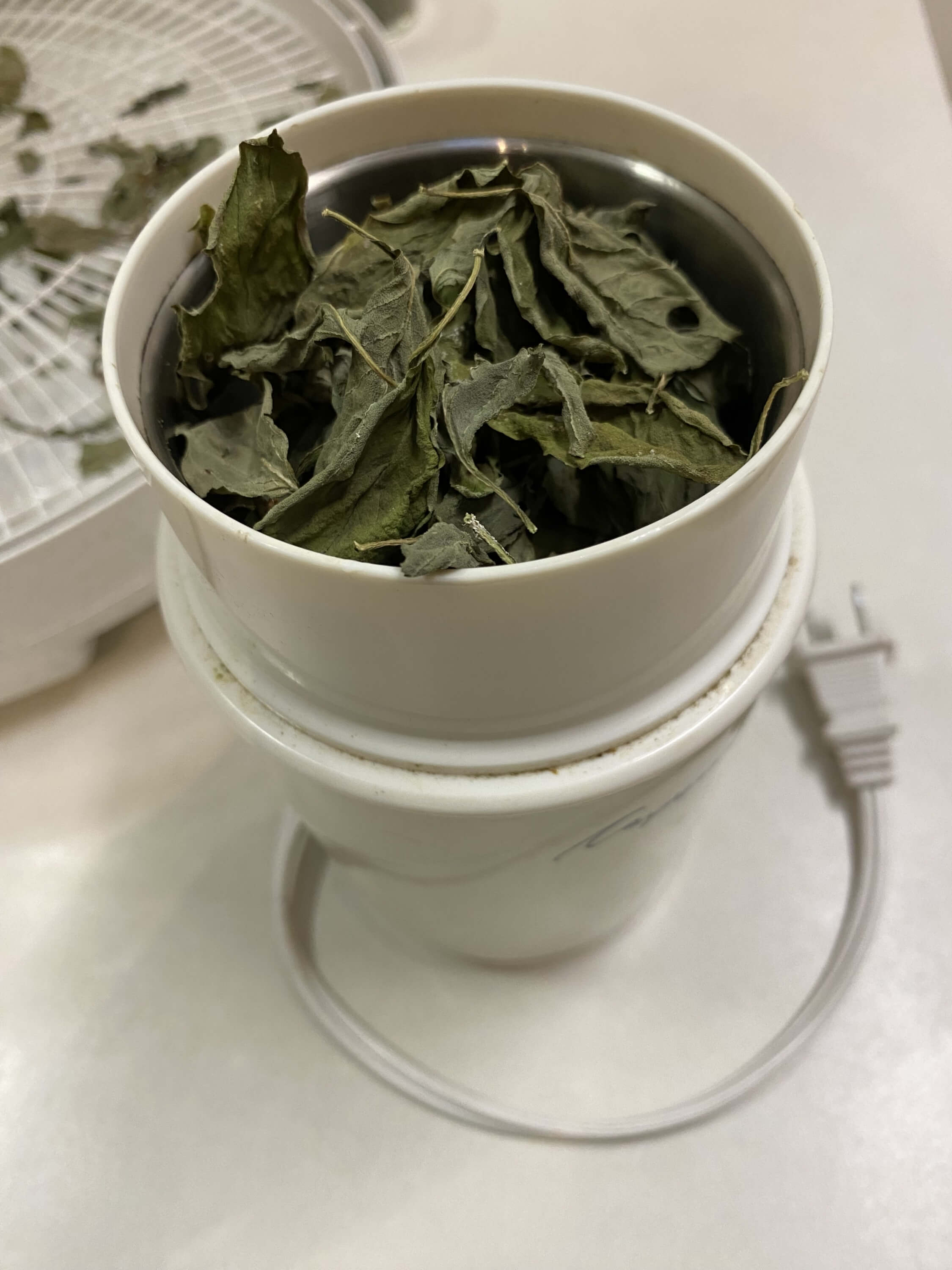
Again, you don't need anything fancy, just any basic coffee/spice grinder. Pulverize it until it's all uniformly powder, it should look something like this:
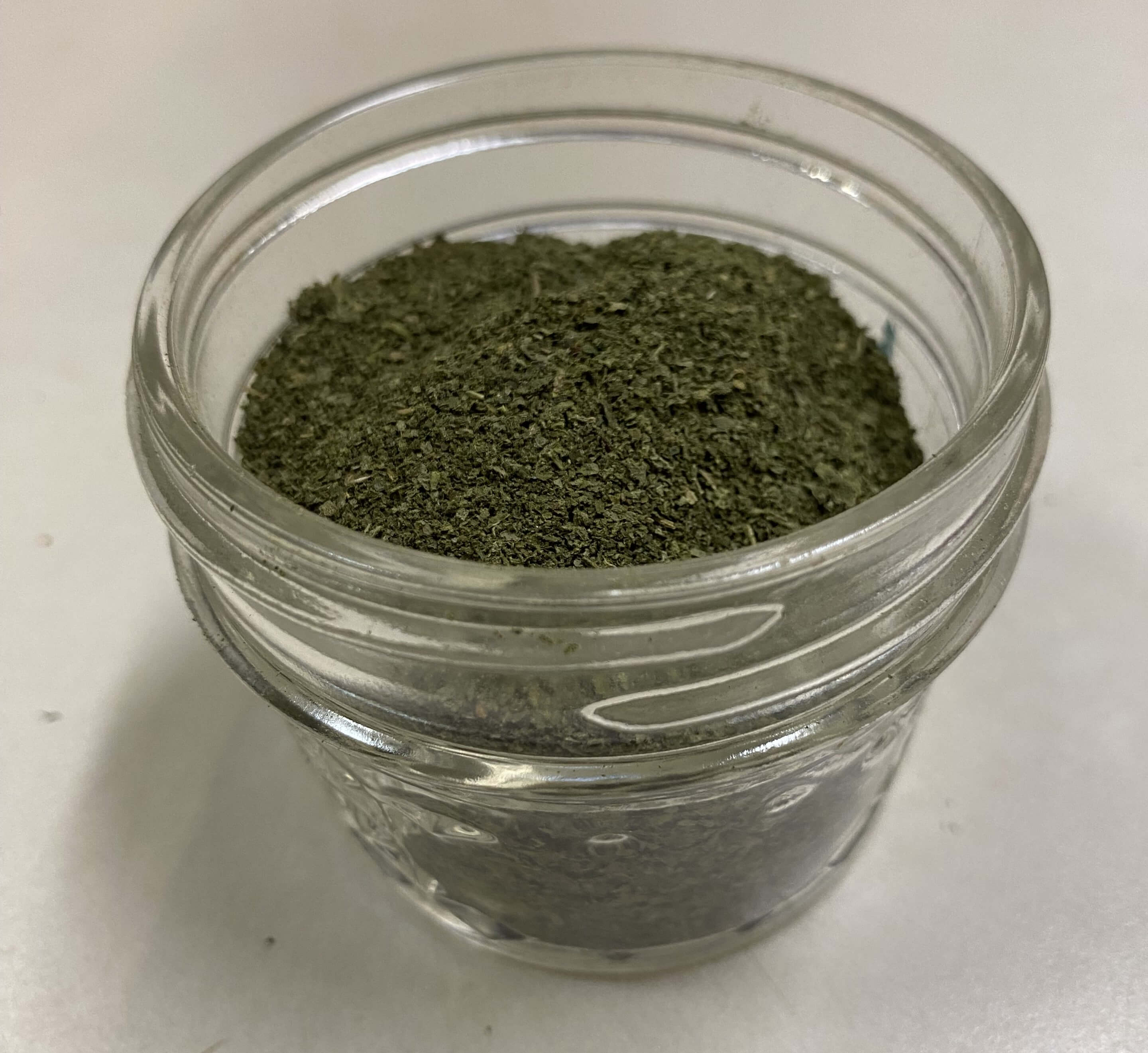
After that, you're done! I like to use these little small jelly jars since they don't take up much space and I have them. You can go buy any glass spice jar you can find - it's totally your preference!
I've done quite a few sets this summer and even made a blend with a lot of dried dill that I labeled as my "ranch" mix. I also dried some of my green onion tops and ground that to use. It's been fun! I hope you try drying some of your own herbs. Let me know if you do and how it turns out!!
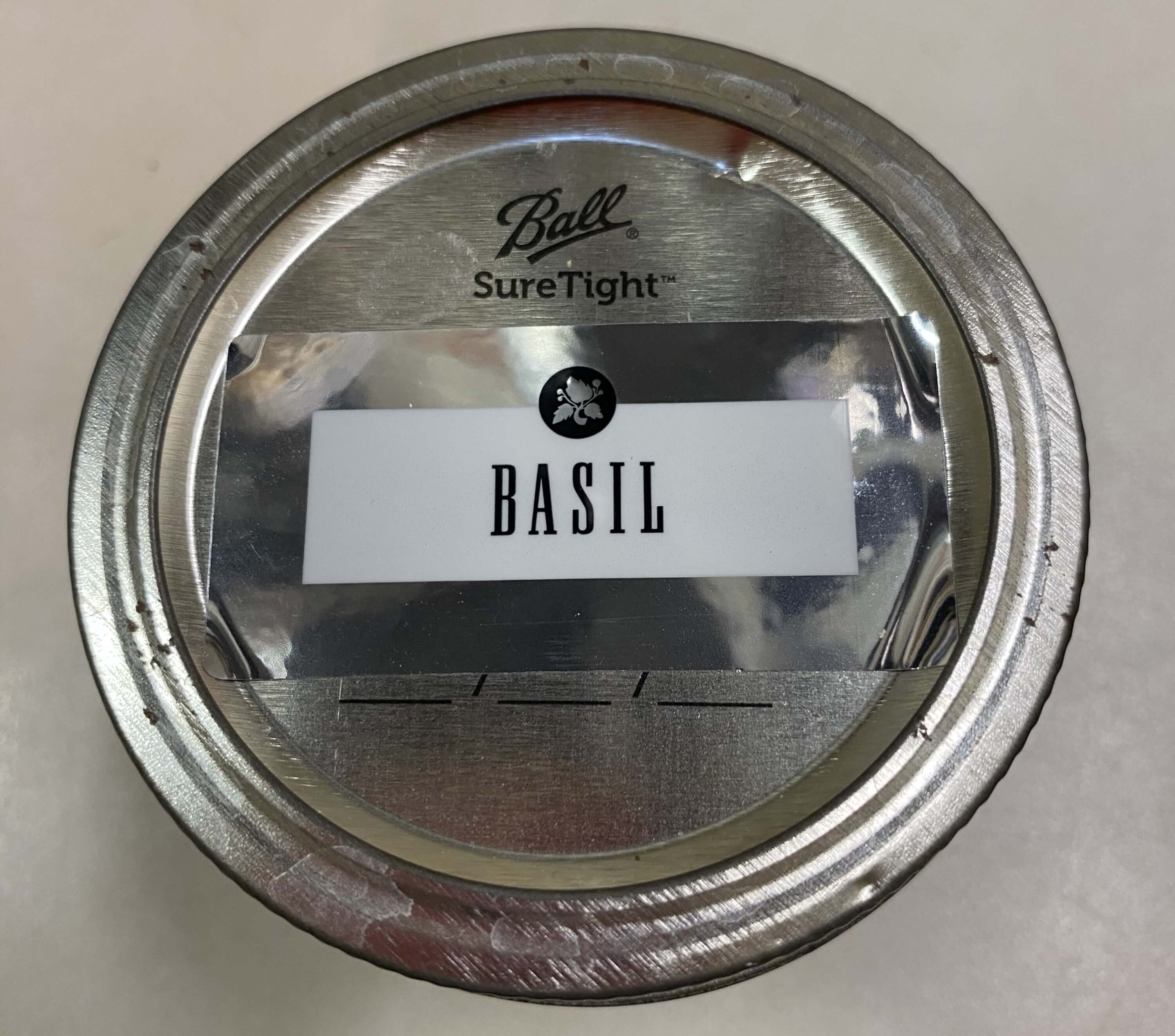
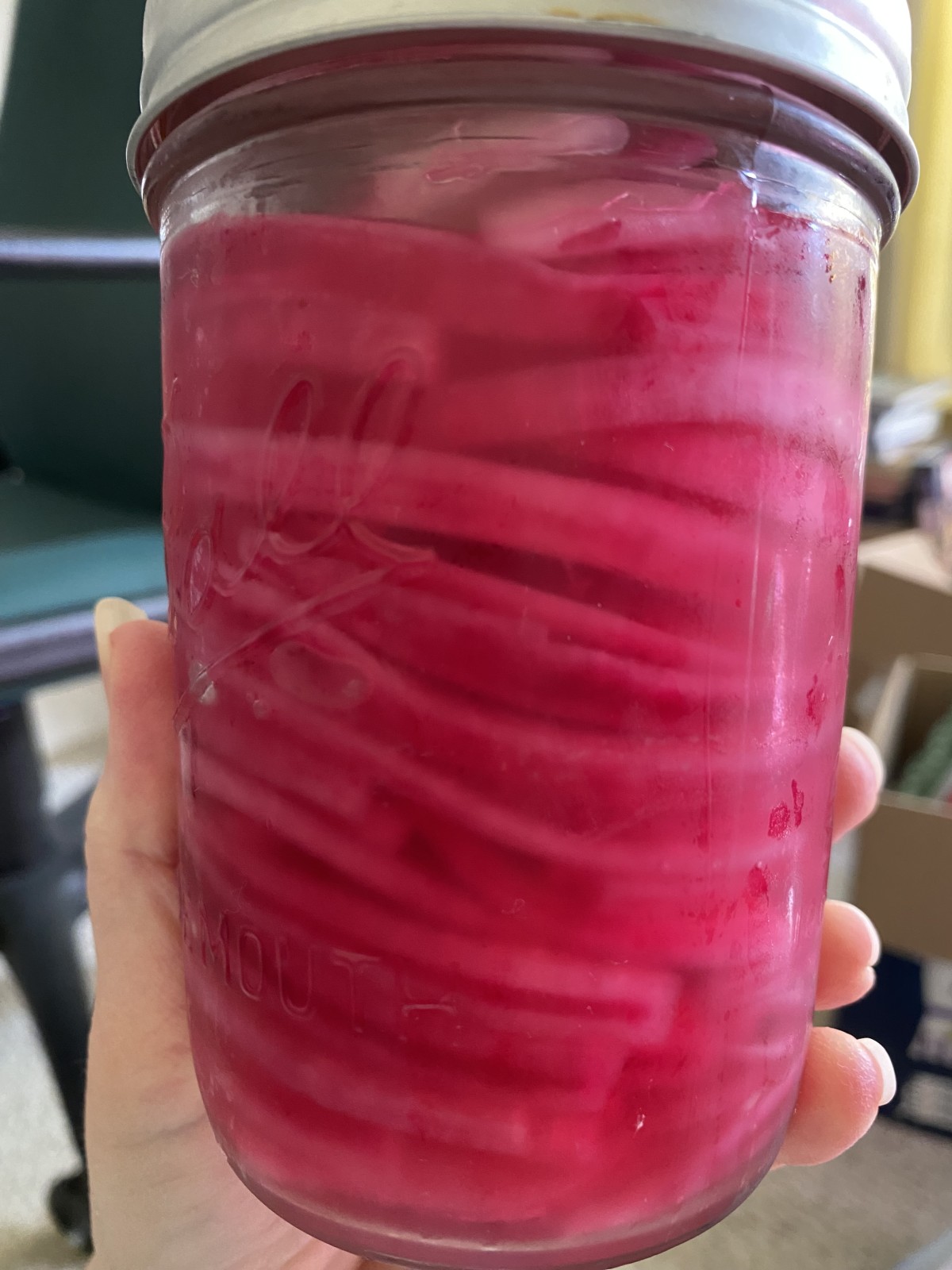
Discover the joy of elevating your everyday meals with a simple, homemade twist that adds a burst of flavor and crunch. Imagine topping your favorite salads with something tangy and irresistible, made right in your own kitchen. This easy recipe is all about quick preparation and endless customization to suit your taste. You'll learn how to create this versatile condiment with just a few everyday ingredients, turning ordinary dishes into something special. Dive in to uncover the full details and start experimenting today!
Read more...Stay Cool & Energized for Outdoor Fun
Summer is the perfect time for outdoor activities, but the heat can sometimes drain your energy.
Staying energized naturally can help you enjoy all your favorite activities without hitting a mid-day slump.
Did you know?
Heat and humidity can make your heart work harder to keep you cool, leading to faster fatigue.
Staying properly hydrated, fueling your body with nutrient-rich foods, and using natural energy boosters can help maintain stamina.
Today’s Tip:
Before heading out, prep your body with hydrating foods (like watermelon and cucumber), stay consistent with electrolytes, and try natural energy boosters to support endurance.
How to Use It:
- Apply a drop of Peppermint Essential Oil to your temples and the back of your neck before activity for a cooling sensation and an instant energy boost.
- Take one tube of NingXia Nitro before exercise or any outdoor adventure to support mental focus and endurance naturally.
Why We Love It:
- Peppermint Essential Oil provides a refreshing, cooling effect and helps maintain alertness.
- NingXia Nitro is a convenient energy shot packed with naturally derived caffeine, B vitamins, and essential oils to fuel your day without a crash.
 What’s your favorite way to stay active in the summer? Comment below and share!
What’s your favorite way to stay active in the summer? Comment below and share!Here’s to more adventure,
Sarah Claburn, N.D.
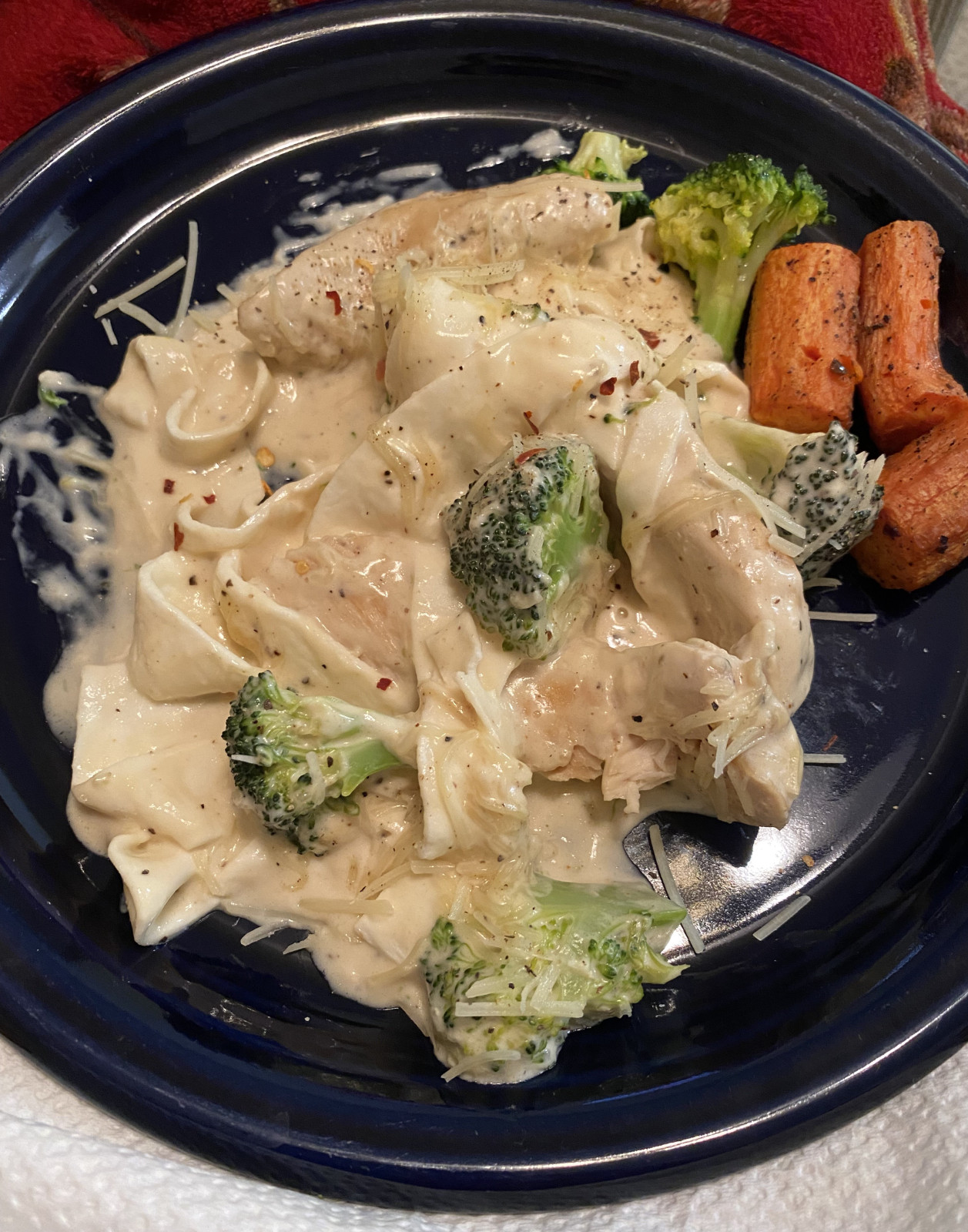
I've been eating low carb so long that I'm pretty used to just skipping out on noodle dishes. However, sometimes there's a dish that I kind of crave, and Alfredo fits the low carb profile except for the noodles involved.
BUT - I've been in 2 Carnivore Diet groups to learn new dishes and I kept seeing talk of "noodles". If you aren't familiar, Carnivore Diet means only animal products, so if it's Carnivore approved that means it's also going to be low to no carbs. There were a few recipes to make your own, but this version caught my eye for the simplicity: buy Egg Life Wraps and turn them into "noodles". WHAT? Yup!
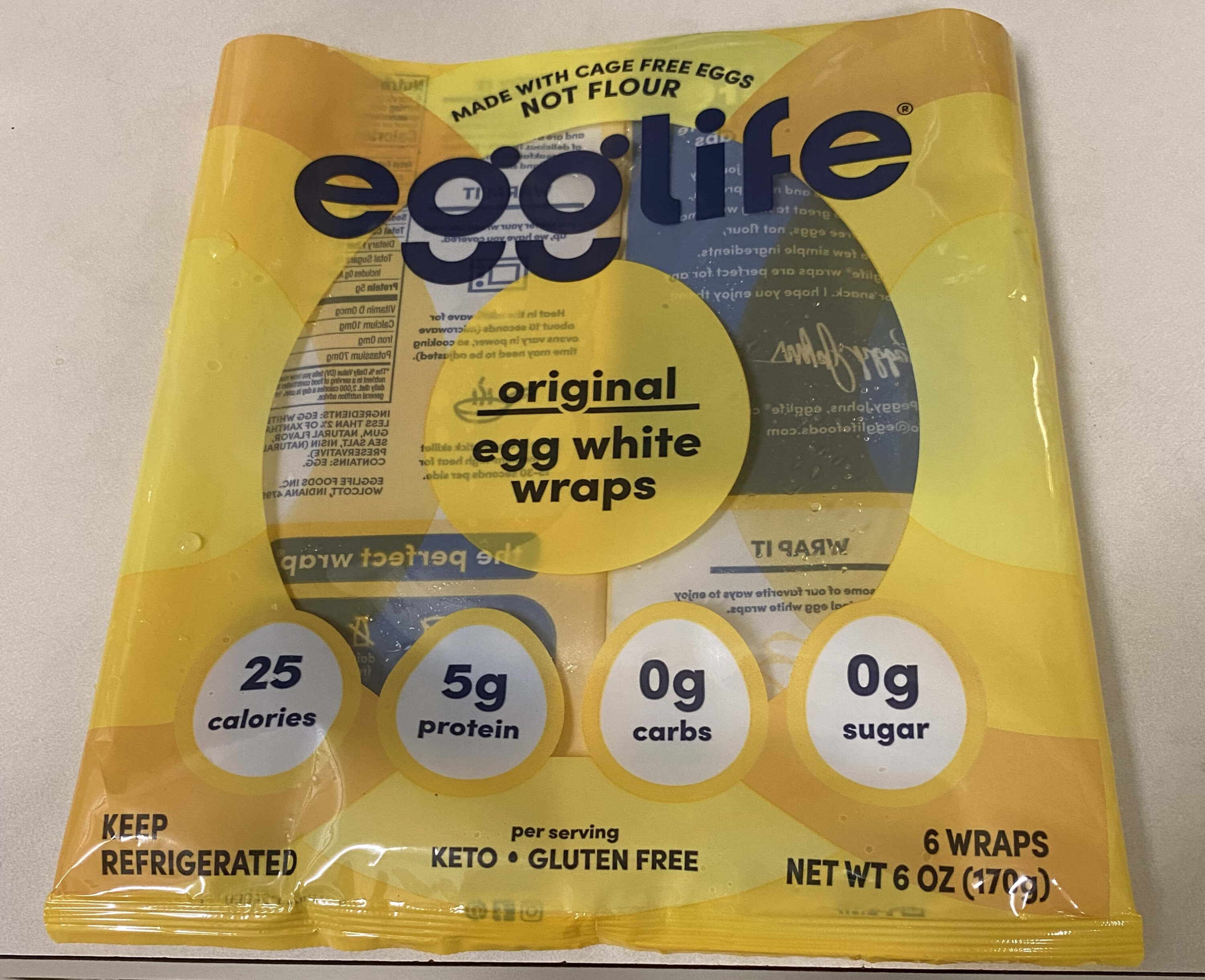
If you've not seen them, they are generally in the refrigerated section of the grocery store by the eggs, egg white cartons, etc. I have never used them as wraps, but last night I turned them into "noodles" and I think it's actually life-changing, LOL!!
You can honestly make the Alfredo any way you want to with your favorite recipe. The main thing was learning how to best make the "noodles". But, here's basically what I did for the entire recipe.
Season chicken breasts (I cut mine into strips) with Redmon's Real Salt, garlic powder, black pepper and a little dry Italian seasoning. Brown in batches in a large skillet. Separately, I steamed some fresh broccoli in a steamer basket and put that aside when it was done.
After all the chicken was browned and in a dish staying warm, I poured 2 jars of Alfredo sauce into the same pan with the chicken drippings (don't waste flavor!!). I added some red chili flakes and brought it up to a simmer.
While all of that was cooking, I brought a small sauce pan of water to boiling. Place the egg wraps on a cutting board, and using a pizza cutter, cut the wraps into strips. Drop them in batches into the boiling water and cook for exactly 1 minute for each batch, stirring to make sure they all get submerged and don't stick together.
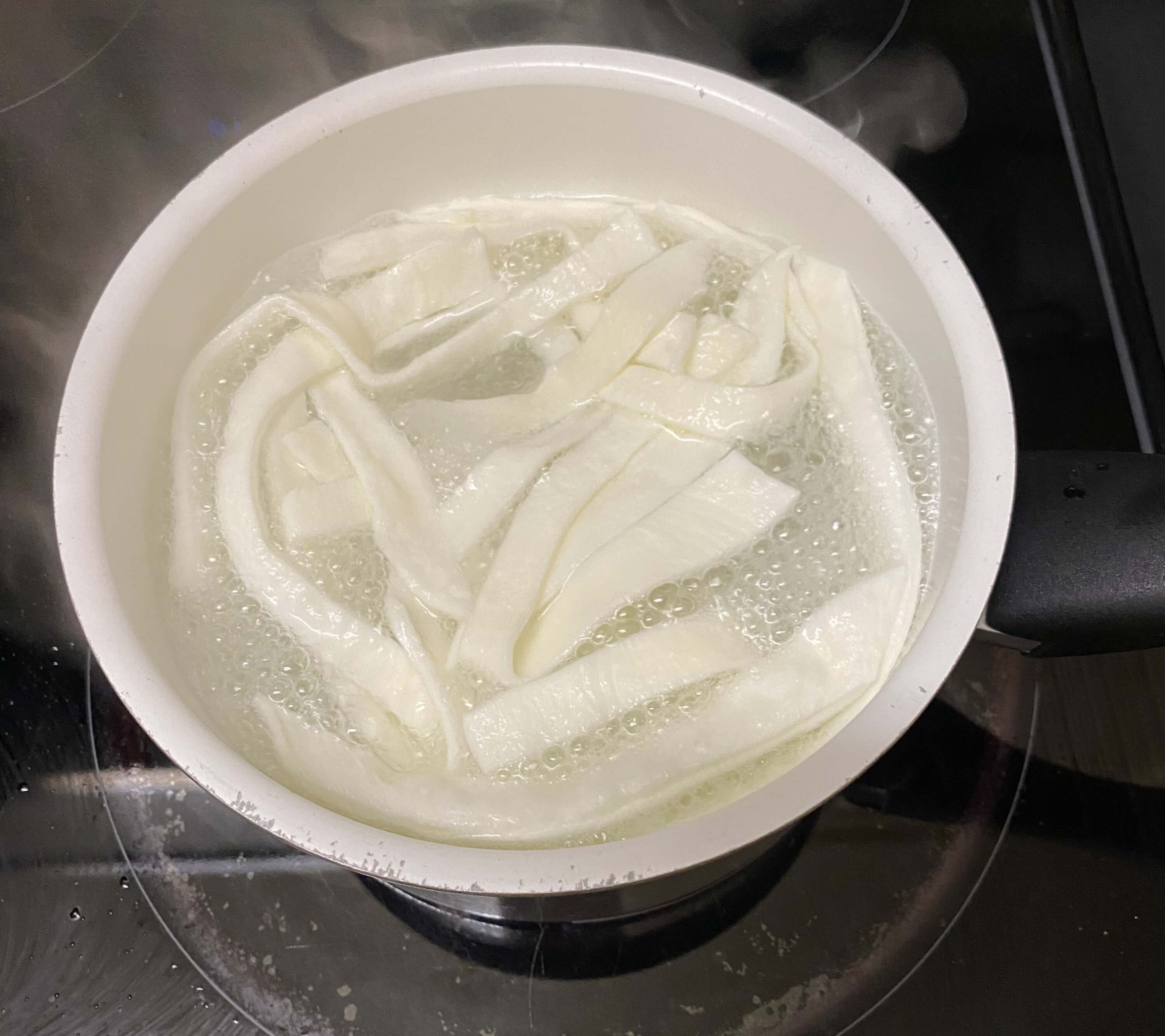
Bring the cooked chicken, broccoli and the boiled noodles all back together in the sauce and let it simmer for just a few minutes so everything gets coated and comes together in the sauce.
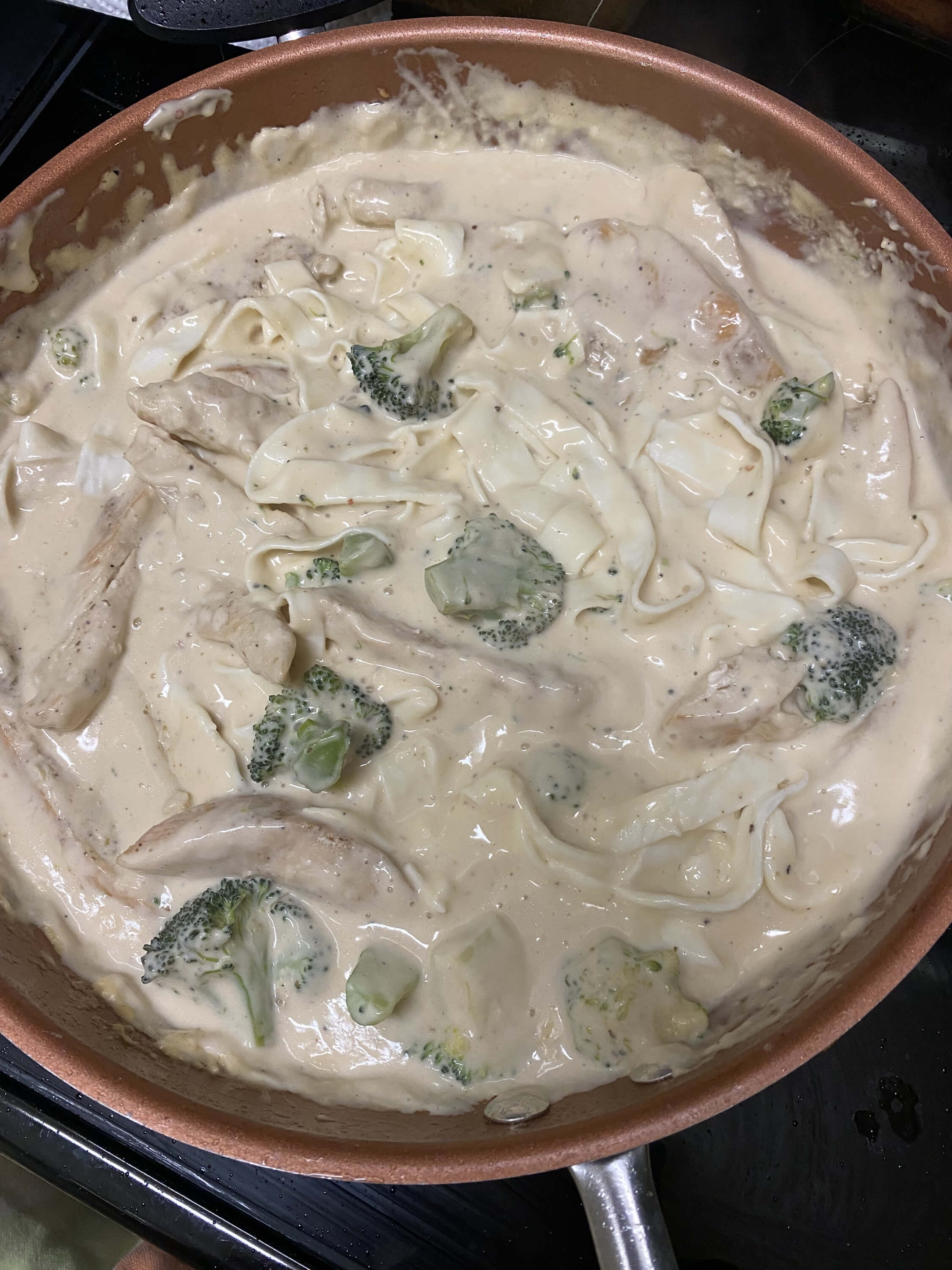
I served ours with grated parmesan cheese and extra red pepper flakes.
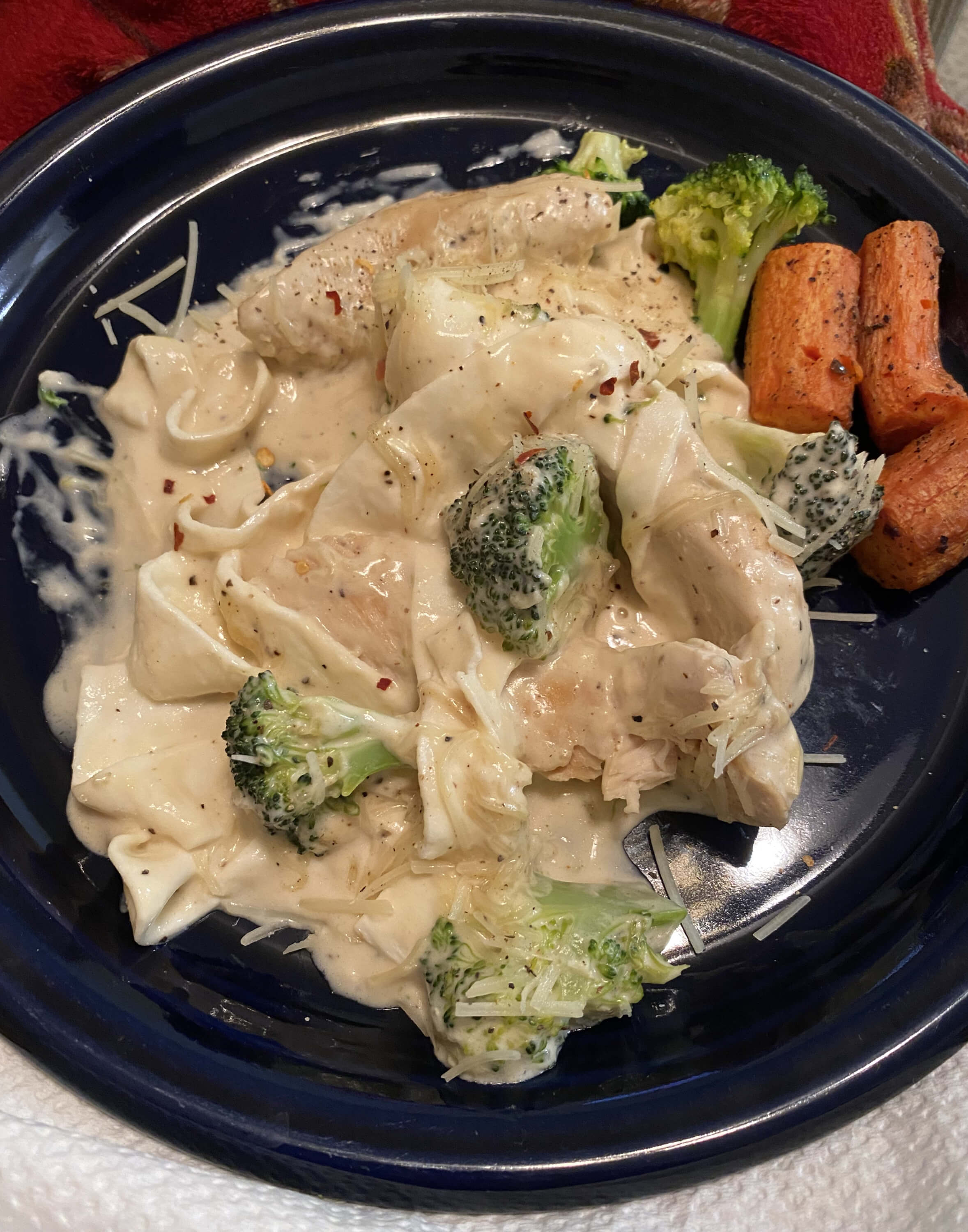
I hope you'll try these "noodles" out even if it's not this specific recipe! I am planning on trying them next with Beef Stroganoff, and I'm honestly excited about that! LOL It's definitely time for some comfort foods since it's gotten cold here in Texas.
If you do try this, let me know what you thought and if you use the "noodles" for any other dishes! Enjoy!
Blessings,
Blessings,
Sarah Claburn, ND
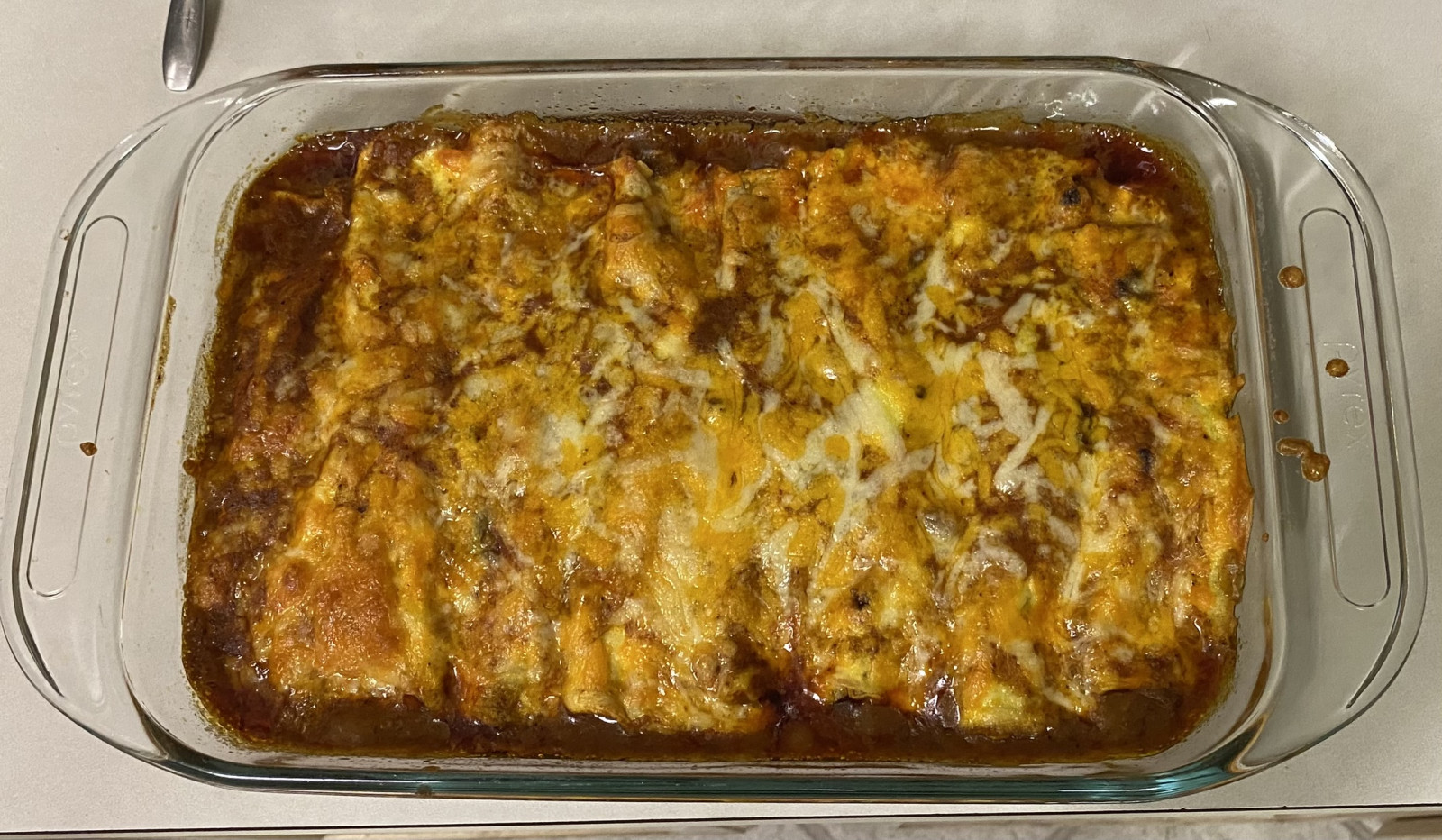
You have probably heard of a lot of diet plans like low carb and keto. One of the "newer" labeled plans (which is not new at all) is Carnivore. And yes, it's exactly what you think it is: only meat and animal-based foods. I'm not going to go into it deeply here, but yes. There is plenty of evidence that a human is built to live on animal foods alone. I've recently spoken to someone who has been eating Carnivore for 4 years. His labs are great, and he looks like he works out 8 hours a day at the gym. Clearly it works for him. If you want to look more into it you can follow Dr. Shaun Baker, Dr. Andew Chaffee and Dr. Ken Berry to name a few.
Now, let's get back to the enchiladas! I know what foods work best for my body: lower carbs, no starches or grains or sugars. So the last 2 months or so we have gotten back to eating better. But I still love Tex Mex and comfort foods. I knew there were recipes for egg "tortillas", so I made up my own low carb recipe using my very favorite enchilada gravy from The Homesick Texan.
Here is the recipe to the best of my ability, lol. You may want to experiment with the tortillas.
For the egg tortillas:
2 eggs
2 tbsp water
dash of salt
Blend all the ingredients really well. Heat a small non-stick pan on about medium heat with a pat of butter or small amount of avocado oil. Pour just enough egg mixture to coat the bottom of the pan in a thin layer, rolling it around so it's as even as possible. Cook 2-3 minutes then flip and cook another 2-3 minutes. Remove and place on a wire rack and repeat over and over again. You'll need multiple batches of the egg mixture, but it will depend on the size of your pan and how thick you make the tortillas.
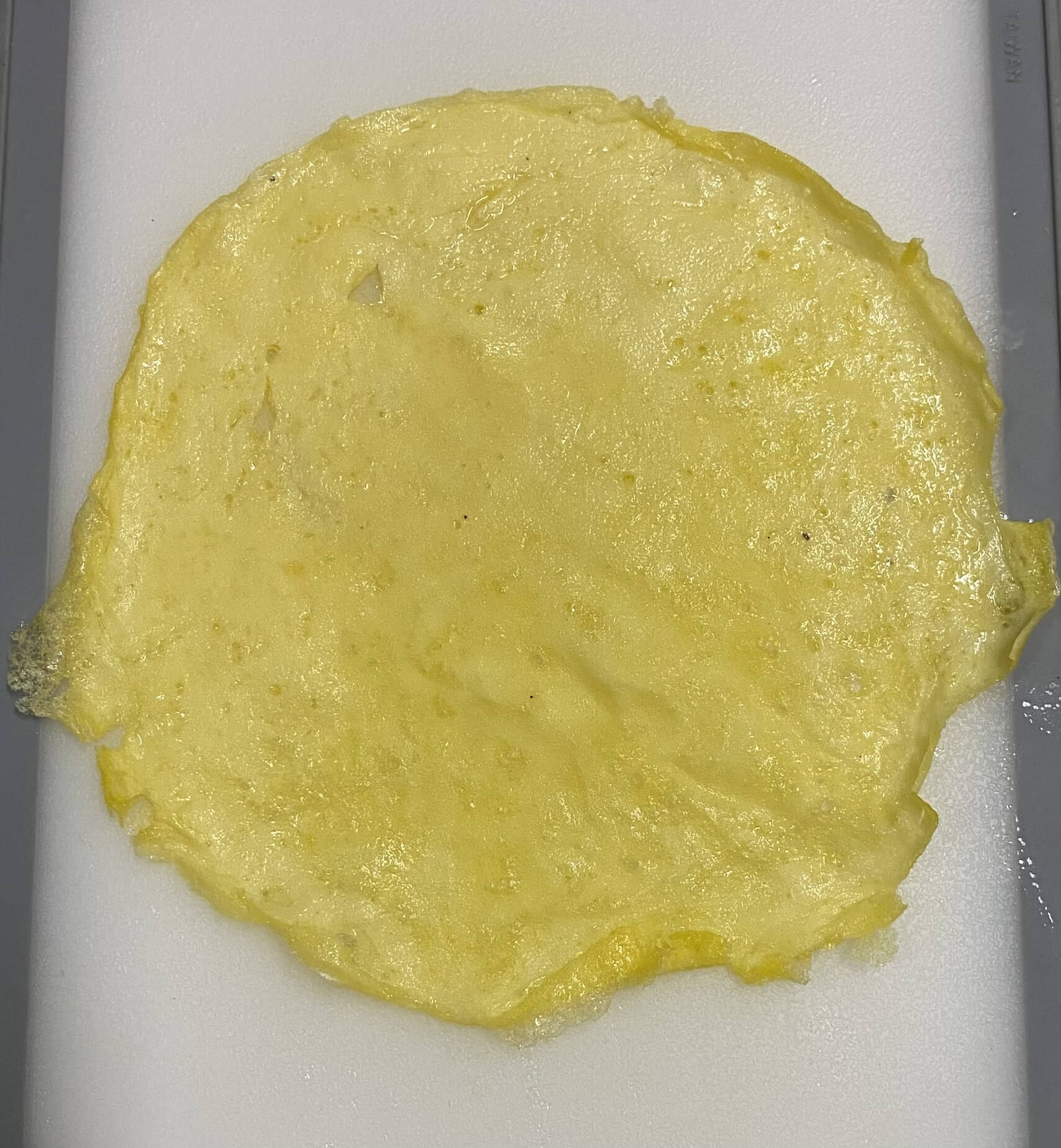
Once you have enough tortillas, you can move on to the delicious gravy. As I mentioned above, I use the recipe from The Homesick Texan - with my gluten free modifications. Also, I double the recipe because it's THAT good!
1/2 cup lard or avocado oil
1/2 cup gluten free (or regular) flour
4 tbsp chili powder
2 tsp ground cumin
2 tsp garlic powder
1 tsp dried oregano
1 tsp kosher salt
1 tsp black pepper
4 cups beef broth (you may end up needing more)
Heat the lard or oil in a pot or high-rimmed skillet over medium high heat. Whisk in the flour and stir until it's lightly browned, about 1 minute. Whisk in the spices until well combined. Pour in the broth while still whisking, and continue until it's thickened, about 3-5 minutes. Sometimes I want a little thinner sauce and end up adding in more broth. Taste and adjust the seasonings to your liking. Turn it off and set to the side, or you can let it continue to simmer while you prep everything else.
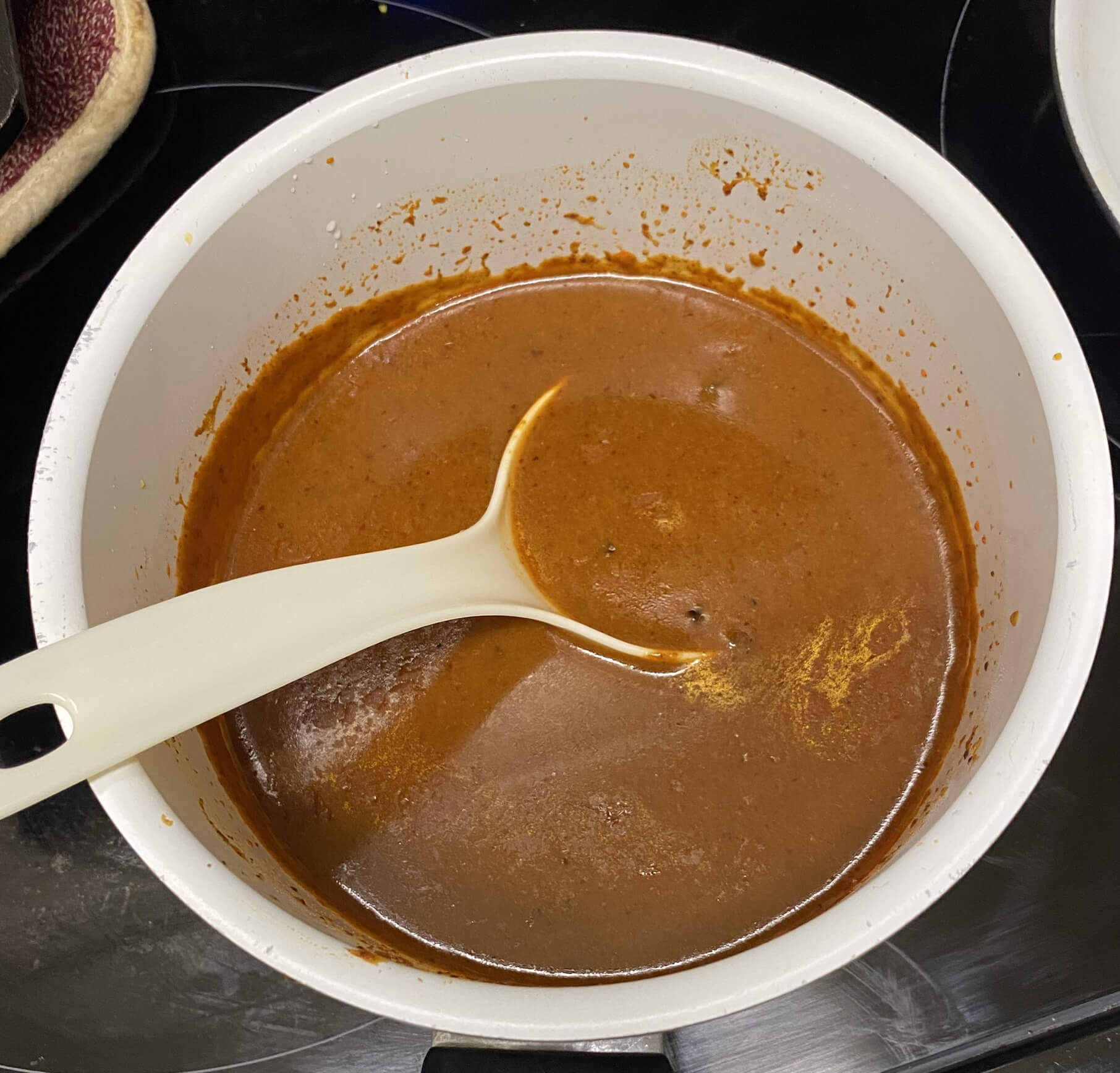
Heat your oven to 350 degrees. The baking dish you use will totally be dependent on how many enchiladas you are making. I used a 7x11 2-quart Pyrex baking dish. Pour about 1/2 - 1 cup of the enchilada gravy into the bottom of the baking dish to coat.
For the enchiladas, use the filling of your choice: seasoned ground beef, shredded chicken, cheese or even a veggie filling. I generally do seasoned beef, and my daughter loves cheese and spinach.
Take one of your egg tortillas and place a few tablespoons of your filling and a small amount of shredded cheese. Roll and place seam side down in the baking dish. Continue with the remaining tortillas. Pour over the chili gravy until covered (you probably won't use all of it unless you are making a ton of enchiladas), then top with more grated cheese. Bake uncovered for about 20 minutes or until the sauce is bubbly and cheese has melted.
Serve with toppings of your choice like sour cream, jalapenos, salsa or diced onions. Enjoy!
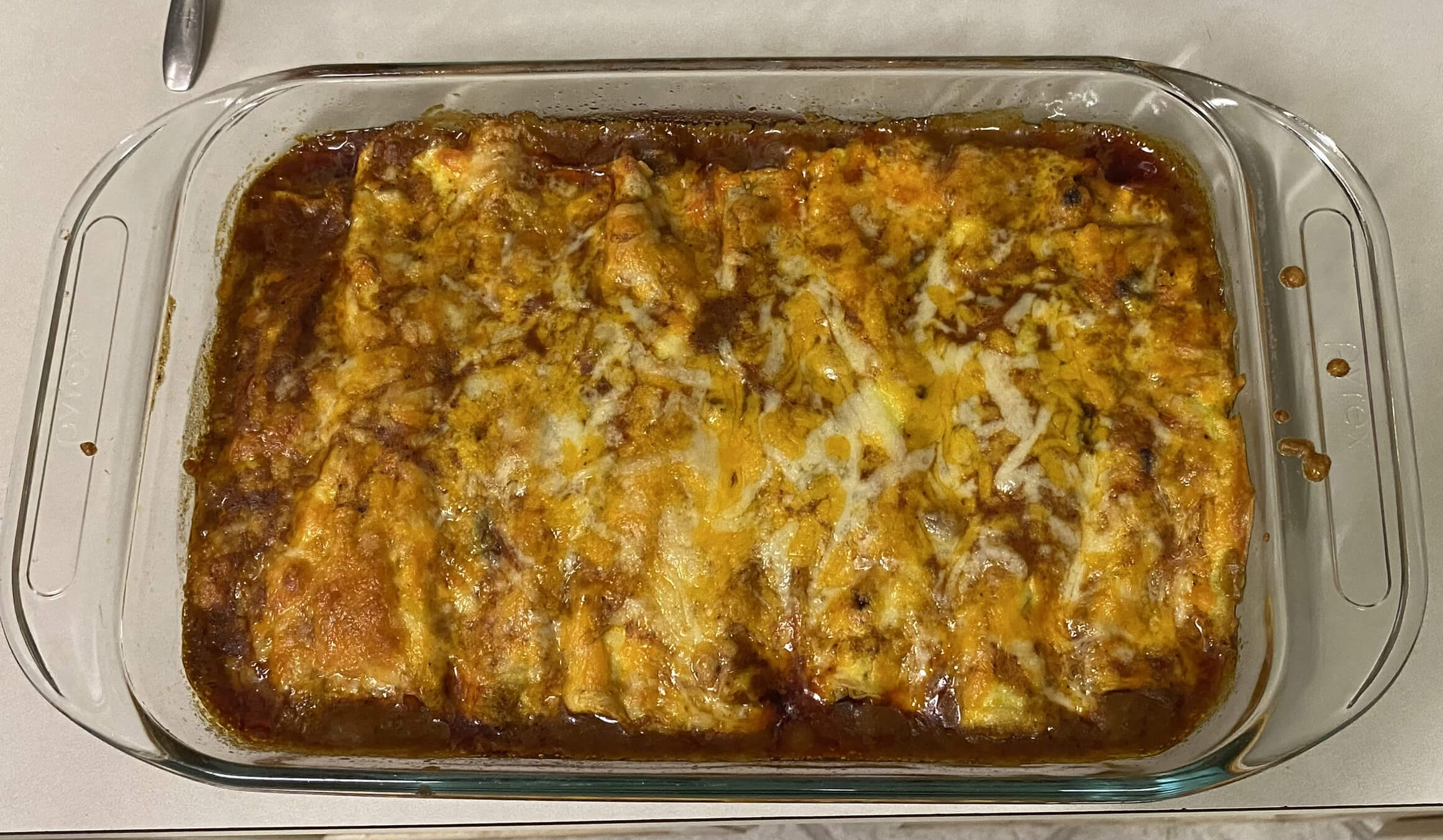
Note: I always have "extra" gravy and serve it on the side. Nobody is ever mad about having some extra gravy on the side! LOL


